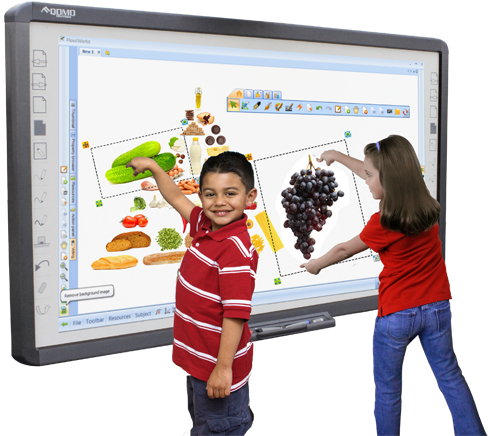In this final reflection I am going to explain what did I expected from this subject, what have I learnt and the impressions I have had during the subject.
At the beginning of the subject, I didn´t know very well what to expect from it. I just imagined that we were going to be taught into different technological resources to apply in our future classes as english teachers. In that aspect the subject has covered my expectations. We´ve learnt plenty of resources and now are able to create different materials for our future classes. However, I´ve had the feeling that we have been introduce to lots of resources, but in most of them we had´nt have time to learn them in depth. I think this subject has given us a huge list of resources for our future labour, but it is our task to go on learning on them by our own.
During all this semester I´ve realized the importance for teachers of developing a good level of digital competence. New technologies are transforming our lives significantly, and we have to be capable of introducing them in our teaching practices. Our students are going to live in a society where new technologies are going to determine their lives. In that way, it is our labour to teach them how to use them, their infinite possibilities that they are going to have, but also the limitations and the good use of them.
I have to recognize that I am not a person really interested in new technologies. But after this subject I´ve realized that I have to change my mind and try to learn and expand my knowledge in this area, because it is going to be essential for my future.
About the time that this subject has required me, I have to say that I thought it was going to be less. There have been lot´s of small tasks and things to complete, and for me it has been a little crazy sometimes, that I didn´t know exactly what did I have to do, with which group, the death lines... The timetables and classes have been a little confusing sometimes. However in the end, I have been capable of completing all the tasks correctly and I am happy with the results and with all the things that I´ve learnt.
Another drawback (not of the subject itself, but of my personal learning) is that I haven´t done my internship period this year, so I haven´t applied directly to the classroom all the resources that I have been learning (as my peers have been able to do). That means that my learning has not been as significant as it could have been. However, I will apply all that new knowledge next year when I do my internship.
I want also to point out that I have really appreciated the effort the teachers of this subject have made for the telecolaboration project. It has been really difficult and we´ve had lots of problems to do it, but I think the idea of the project was very interesting. Contacting with other students and sharing knowledge is something very positive that if I have the chance, I will try to do with my students in the future. From this experience we also learn that new technologies have a lot of limitations too, and that we must be prepared and have always alternatives in case they don´t work.
To sum up, this subject has allowed me to improve a lot my ICT skills at the same time I practiced my english. I am satisfied with it and my general evaluation is positive, with the only exceptions of the facts I´ve mentioned here. The knowledge I´ve aquired it is going to be very useful for me, and I consider it really important for my teacher training.


